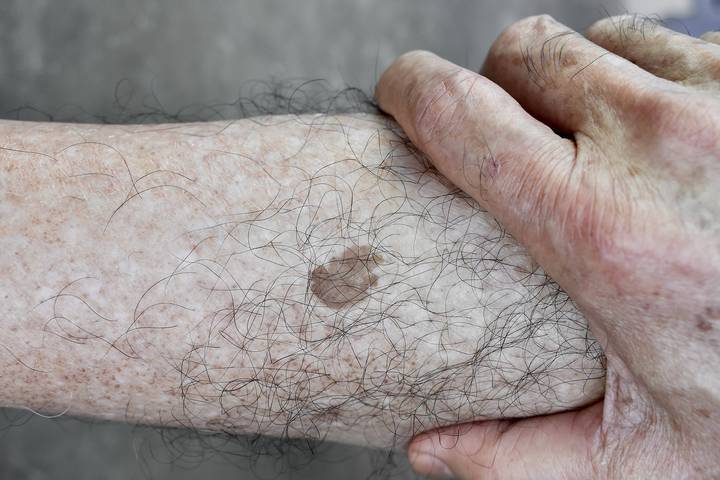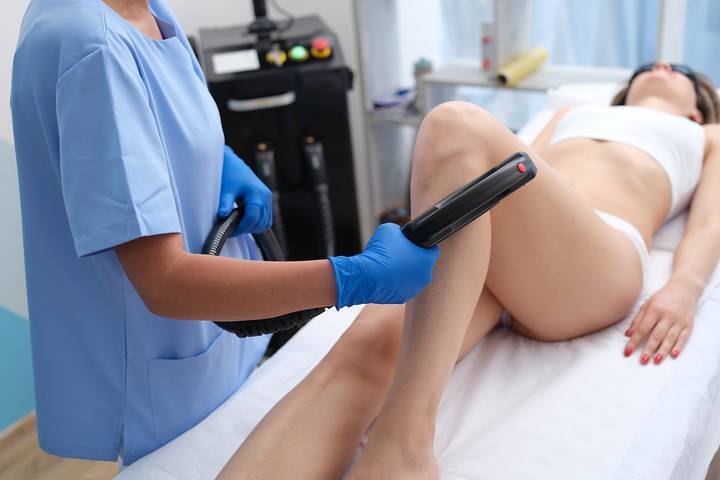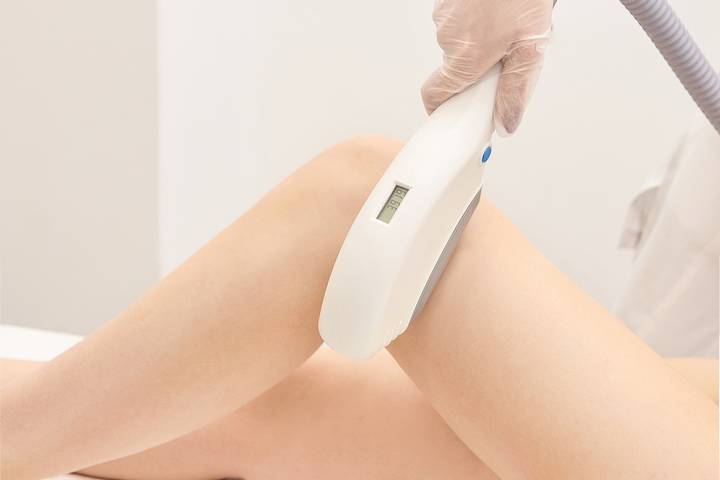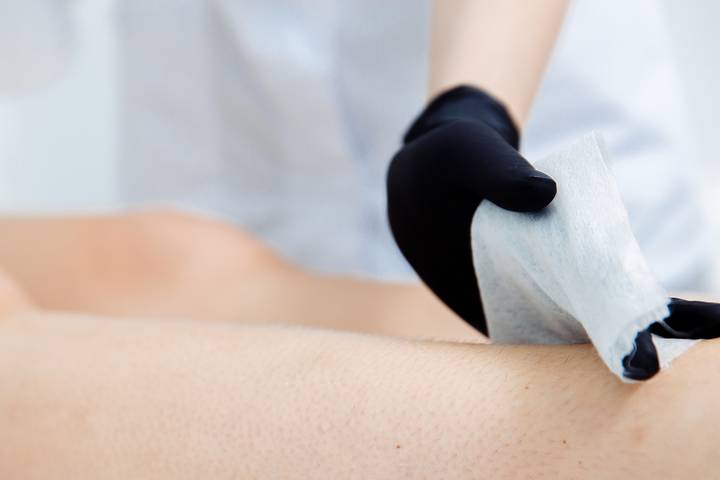How to Get Rid of Sun Spots on Legs

Leg freckles, brown spots, or sunspots. Whatever you want to call them, they can be a source of insecurity for many people, especially in the summer. These spots on your legs are caused by hyperpigmentation from sun damage and overexposure. Ultraviolet light (the kind that comes from the sun) speeds up the production of the pigment that gives skin colour: melanin.
Spending lots of time in the sun can cause melanin to clump together and appear darker than the surrounding skin. You’re at a higher risk of these spots if you have fair skin or have used tanning beds frequently. Exposure to the sun in warmer months can also cause you to develop sunspots on your legs, as we tend to forget to apply sunscreen to this part of our bodies.
Are you looking for a few ways to treat sunspots on your legs? Here is a guide on how to get rid of sun spots on legs:
How to Prevent Sun Spots on Legs

It’s important to remember that preventing sunspots is easier than treating them! Even if you have sunspots already, it’s worth taking measures to prevent more from forming. Staying covered from the sun is the most effective way to mitigate the chance of developing more spots on your body.
If possible, avoid spending time in the sun between 10 a.m. and 2 p.m., as this is when the sun is at its strongest, and the potential for sun damage is high. Wearing long pants, covering your legs with a towel when sitting at the beach, and not spending extended periods in the sun are ways to lower the risk.
Aside from covering up with clothing and not staying in the sun for too long, sunscreen is a surefire way to ensure your skin is protected. Be sure to use an SPF of at least 30 and reapply often.
Laser Treatment for Sun Spots

Laser removal may be a good choice if you want to quickly eliminate your sunspots. Laser removal involves using a carefully targeted laser beam to deliver light radiation toward the sunspot. The laser beam will break down the skin cells the sunspot is made of. Some people
will find the treatment uncomfortable, and the physical sensation has been compared to snapping a rubber band against your skin.
However, many people opt for this treatment for its effectiveness and quick results. Within a few days, the sunspot will swell and then begin to flake off. It’s important to note that even after laser removal, sunspots can return with enough exposure to the sun. Be sure to cover up or apply sunscreen vigorously to avoid this.
Dermabrasion

Another sun spot removal treatment is dermabrasion (or microdermabrasion). Dermabrasion is a procedure that removes the top layers of sun-damaged skin through scraping. Freezing will be used to numb the area before the procedure.
The sunspots and sun-damaged skin will be removed with a special tool with an abrasive brush on the tip. This removes the outer layers of the skin and, thus, the sun-damaged skin. This procedure is minimally invasive, meaning it’s an outpatient procedure, and you’ll be able to go about your daily life after the treatment.
Some side effects of this procedure include pink, tender skin following the treatment. Recovery time for this treatment is approximately three months, during which the skin may look scabbed or crusted.
After three months, the skin will return to its normal colour and texture. As with other procedures on this list, keeping the skin protected from sun exposure will prevent further sun damage in the future.
Chemical Peel

A chemical peel is a great option for those wanting to get rid of sunspots but doesn’t need to see results immediately. While chemical peels are typically done on the face, they can be done anywhere on the body, including the legs!
This treatment involves applying a chemical solution to the affected area, which removes the top layers of the skin. Essentially, the dark sunspots are “burned” away by the chemicals. Eventually, smoother and unblemished skin will take its place.
Depending on your skin type, it may take several treatments to see any results with a chemical peel. Protecting your skin after a chemical peel is imperative since the top layers have been removed. Be sure to apply sunscreen with a high SPF and cover up for the first few days after treatment.
Medications

If you don’t want to undergo a physical procedure to get rid of the sunspots on your legs, there are different medications you can try instead. Topical medications in the form of creams can lighten the pigmentation of sunspots.
Oral medications such as retinoids and mild steroids may be prescribed as a treatment. Remember that the results will likely take months with medications, so patience is key! Of course, never begin taking the medication without consulting your doctor first.



















